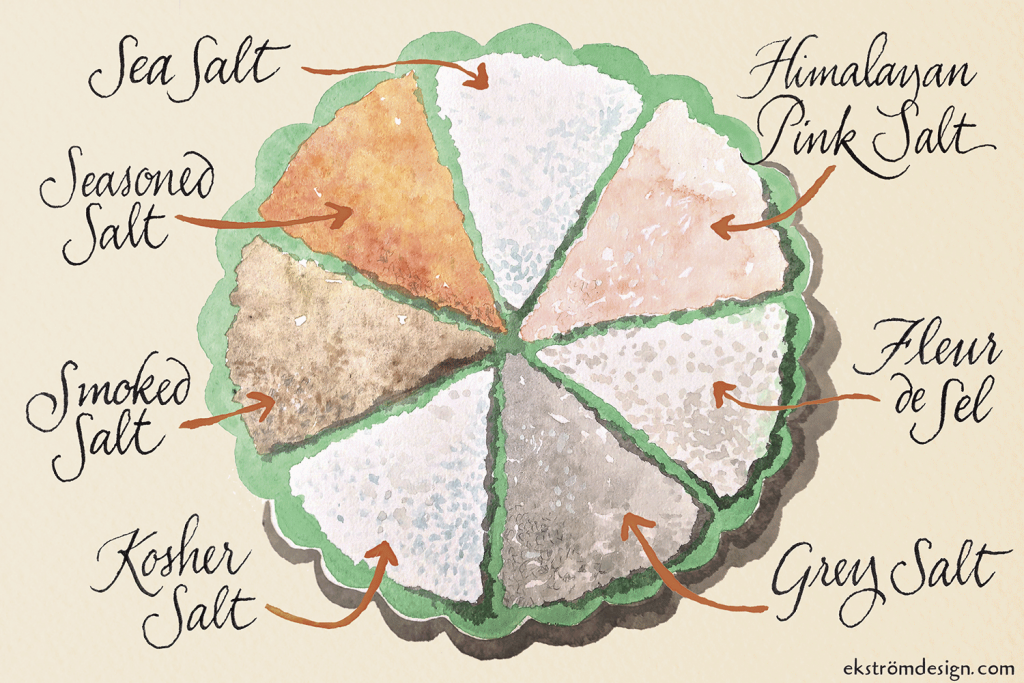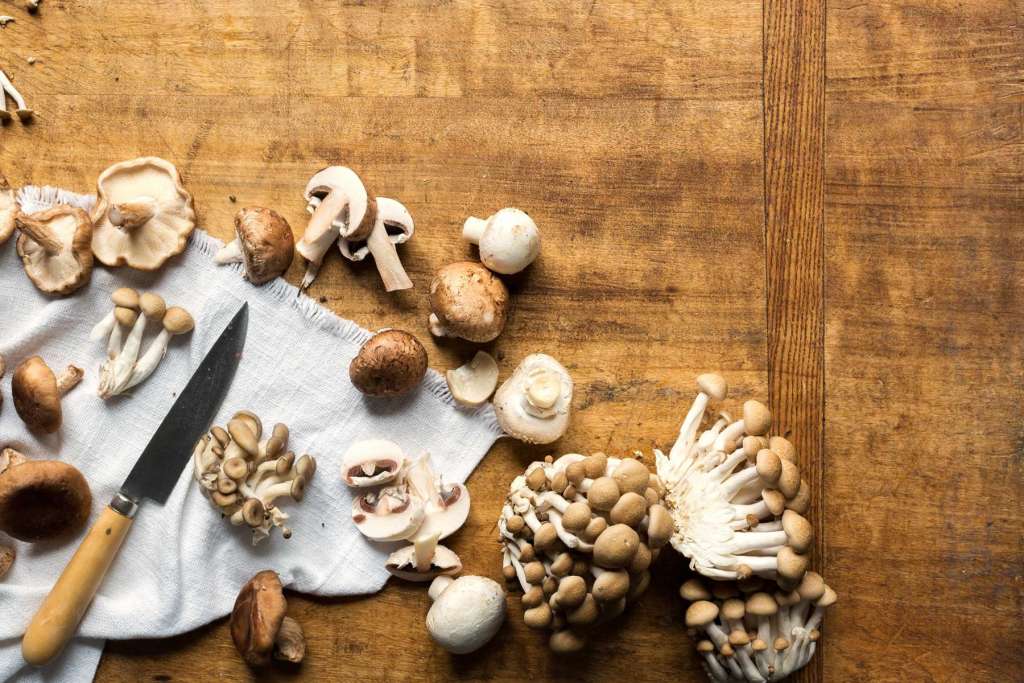How to Choose the Right Salt for the Job

We asked executive chef Justine Kelly and executive R&D chef Alan Li to help us understand the differences in salts and how to best use them. While every cook has a preference when it comes to salt, Kelly and Li advise that you choose a salt like you like and stick with it. When you use the same salt for cooking dish after dish, you can be confident that the results will be consistent every time. The two prefer kosher salt for everyday cooking over table salt, which tends to have a saltier flavor that can leave food tasting oversalted.
Kosher salt
Milder than traditional table salt, kosher salt is fairly forgiving, making it a good choice for everyday cooking. Its texture and shape allow it to adhere to food and give you even control as the salt moves through your fingertips. Use it to season throughout the cooking process.
Himalayan Pink Salt
This ancient sea salt from Pakistan is one of the purest salts available and makes an excellent finishing salt. Its rosy pink color looks great on homemade sweets, such as truffles or shortbread.
Sea Salt
Coarse sea salts add crunch along with a pop of salinity. Because of their large crystals, these salts melt more slowly. Grab a pinch, crush the crystals between your fingertips, and sprinkle them over a dish just before serving for a Pop Rocks-like explosion of flavor. If you’re looking for an everyday salt that isn’t kosher or table salt, fine sea salt falls somewhere between the two, with a briny salt taste.
Fleur de Sel
Another finishing salt, fleur de sel, or “the flower of salt,” comes from the fine crystals that rise to the water’s surface like aquatic flowers. Fleur de sel is generally more expensive than other salts, so don’t use it to season pasta water or a sauce. Try it instead as a finishing salt to season roasted vegetables or the runny yolk of a fried egg.
Smoked Salt
Because these salts tend to have a strong flavor, Kelly recommends using them sparingly on grilled foods like oysters and steaks or for finishing such hearty root vegetables as potatoes and beets.
Grey Salt (sel gris)
This heavy, mineral-forward salt is coarser than other finishing salts and delivers an intensely saline bite. Try combining it with crushed beet chips to make a beet salt, or mixing it with herbs and spices to make a seasoned finishing salt.
Seasoned Salts
Toss kosher or fine sea salt with kitchen staples like citrus zest, fresh herbs, and spices. Try a lime-chile salt on the rim of a glass of tomato juice, or season eggs with crushed fennel seed salt. You can also buy salts seasoned with truffles to finish a seared steak, or saffron to add to risotto, or even black garlic to sprinkle on sautéed mushrooms.
Artwork by ekströmdesign.









